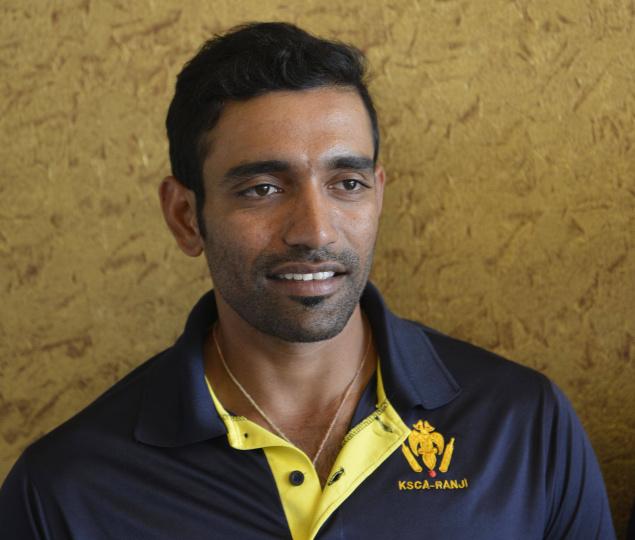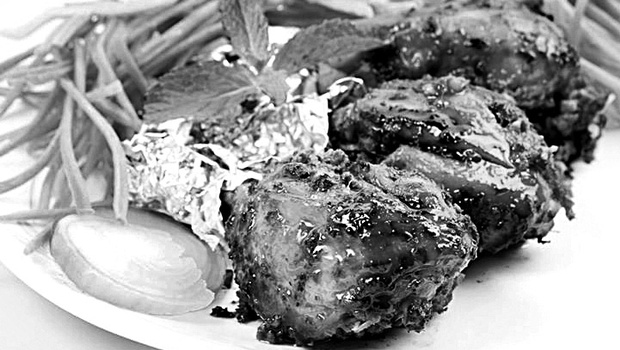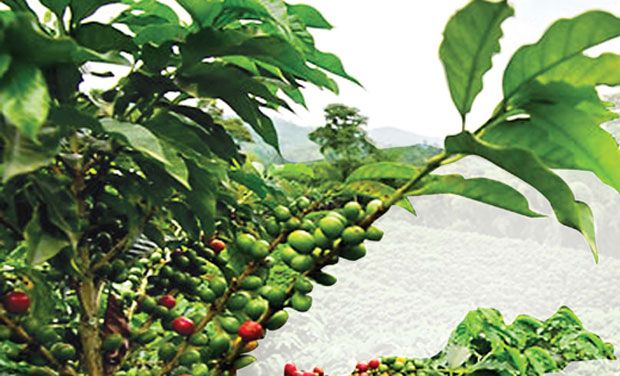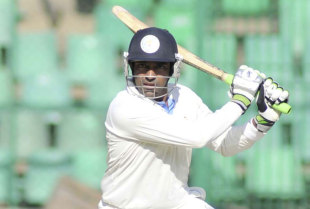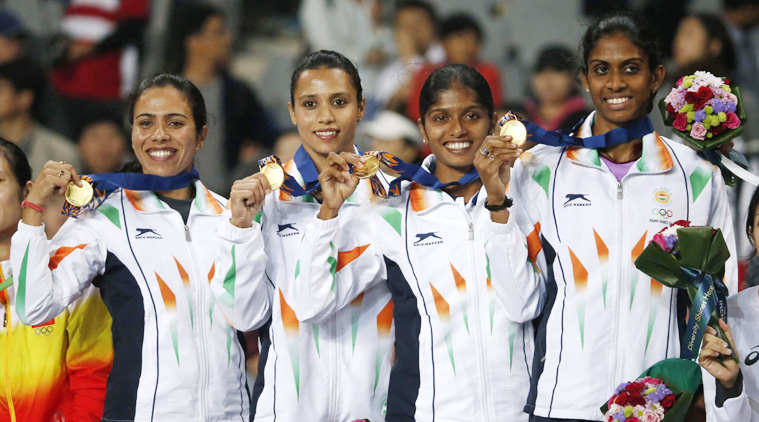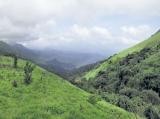
If you are looking for a getaway that takes you through green hills, misty clouds and silent paths, Tadiyandamol is for you, says Maya B.
Imagine walking through the clouds, running your fingers across cold ice crystals, and watching the rains from above the clouds. These are a few soothing moments one can experience from standing at the summit of Tadiyandamol, the second highest peak in Karnataka. Situated in the hilly district of Kodagu, Tadiyandamol is the tallest mountain in the district, with its highest point being 1,748 metres above sea level.
It is a lesser-known trekkers’ paradise that has fortunately not been commercialised yet.
The mountain is wide and gigantic, with two peaks, and lies on the Kerala border. Tadiyandamol in Malayalam or Kodava loosely translates to tall hills with a broad base. The best time to start the trek would be early in the morning, around 6 am. It is approximately an eight-km trek, which could be mildly strenuous.
Adventure enthusiasts can begin the trek at a small waterfall, about half a km from the foothills. A tarmac road leads to the waterfall, and further up, there are no motorable roads. A safer option to park vehicles would be at the Nalaknad Palace.
“A stream is a nice place to begin and end the trek as the cold water is invigorating,” says Aalok Gokhale, a regular trekker who has scaled Tadiyandamol twice. Trekkers first traverse through a dirt-road, which leads to a fork. Take the road sloping upwards as it passes through a forest area and a couple of streams. On the downside, the stretch is infested with leeches during monsoons.
Dreamy routes
And then there is a winding route that leads you into the open. That’s when you get the first glimpse of the mountain you will be climbing, and a complete view of the hills you are surrounded by. The trick is to simply walk in the direction of the peaks. You will come across a huge boulder on the way which is an ideal spot for a break and has the perfect viewpoint.
Here, the trekkers can choose one peak out of the two. The one on the left is higher than the one on the right. “When hiking to the peak on the right, you can take the route less travelled on, through the grass, or the man-made path. Once you reach the peak, you can see that the path continues to two more viewpoints, and the best view awaits at the end of the range, and it is tranquil,” shares Aalok.
“When it starts raining, a dreamy mist sets in. You can see clouds moving up the mountain side, towards you, and then finally, you walk through the clouds,” he adds.
The route to the peak on the left, that is the highest point of the mountain, leads you to a false summit at first and then,unexpectedly, opens up into a dense forest area.
The path leading to the forested area could be barren or grassy, depending upon the season. There is a natural stair-like formation throughout the mini-jungle which could be very steep at times. Once this tedious journey ends, you are out in the open yet again and the majestic mountain rises in front of you. The ground up the mountain is full of gravel and slippery, so be careful while trekking.
The summit of the mountain is a wide area which slopes down slightly to culminate in a cliff, and it is breathtaking view from the top. The boulders around could be great for picnics.
All in all, Tadiyandamol is a wonderful weekend getaway and takes you away from the hectic urban life.
Single peaks can be covered on the same day, and both the peaks can be trekked in a single day or over a course of two days by camping on the mountain overnight. But trekkers must be wary of elephants, as their dung can be spotted at certain places.
Ankith Joshi, founder of the travel agency ‘Time to Trawel’, who regularly sends troupes to Tadiyandamol for camping says, “There are several points across the hills where you can pitch tents. But the best would be at the peak as it has a wide base and the experience is thrilling. You can’t enjoy the beauty of the place if you camp elsewhere.”
Those who prefer warmer accommodation can choose homestays in Kakkabe and Virajpet. The best seasons to visit Tadiyandamol would be mid-monsoon and winter (August-January). During these seasons, the atmosphere is cool and misty, which feels heavenly.
source: http://www.deccanherald.com / Deccan Herald / Home> Supplements> Spectrum / Maya B / DHNS, October 28th, 2014
